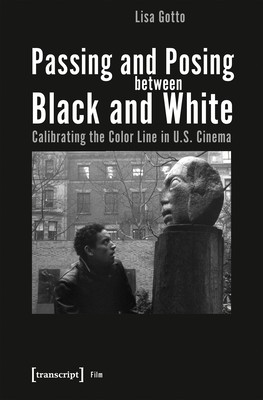
- We will send in 10–14 business days.
- Author: Lisa Gotto
- Publisher: Transcript Publishing
- ISBN-10: 3837653374
- ISBN-13: 9783837653373
- Format: 15.2 x 22.9 x 1.4 cm, minkšti viršeliai
- Language: English
- SAVE -10% with code: EXTRA
Reviews
Description
Since its inception, U.S. American cinema has grappled with the articulation of racial boundaries. This applies, in the first instance, to featuring mixed-race characters crossing the color line. In a broader sense, however, this also concerns viewing conditions and knowledge configurations. The fact that American film engages itself so extensively with the unbalanced relation between black and white is neither coincidental nor trivial to state - it has much more to do with negating boundaries that pertain to the medium itself. Lisa Gotto examines this constellation along the early history of American film, the cinematic modernism of the late 1950s, and the post-classical cinema of the turn of the millennium.
EXTRA 10 % discount with code: EXTRA
The promotion ends in 21d.10:22:22
The discount code is valid when purchasing from 10 €. Discounts do not stack.
- Author: Lisa Gotto
- Publisher: Transcript Publishing
- ISBN-10: 3837653374
- ISBN-13: 9783837653373
- Format: 15.2 x 22.9 x 1.4 cm, minkšti viršeliai
- Language: English English
Since its inception, U.S. American cinema has grappled with the articulation of racial boundaries. This applies, in the first instance, to featuring mixed-race characters crossing the color line. In a broader sense, however, this also concerns viewing conditions and knowledge configurations. The fact that American film engages itself so extensively with the unbalanced relation between black and white is neither coincidental nor trivial to state - it has much more to do with negating boundaries that pertain to the medium itself. Lisa Gotto examines this constellation along the early history of American film, the cinematic modernism of the late 1950s, and the post-classical cinema of the turn of the millennium.


Reviews